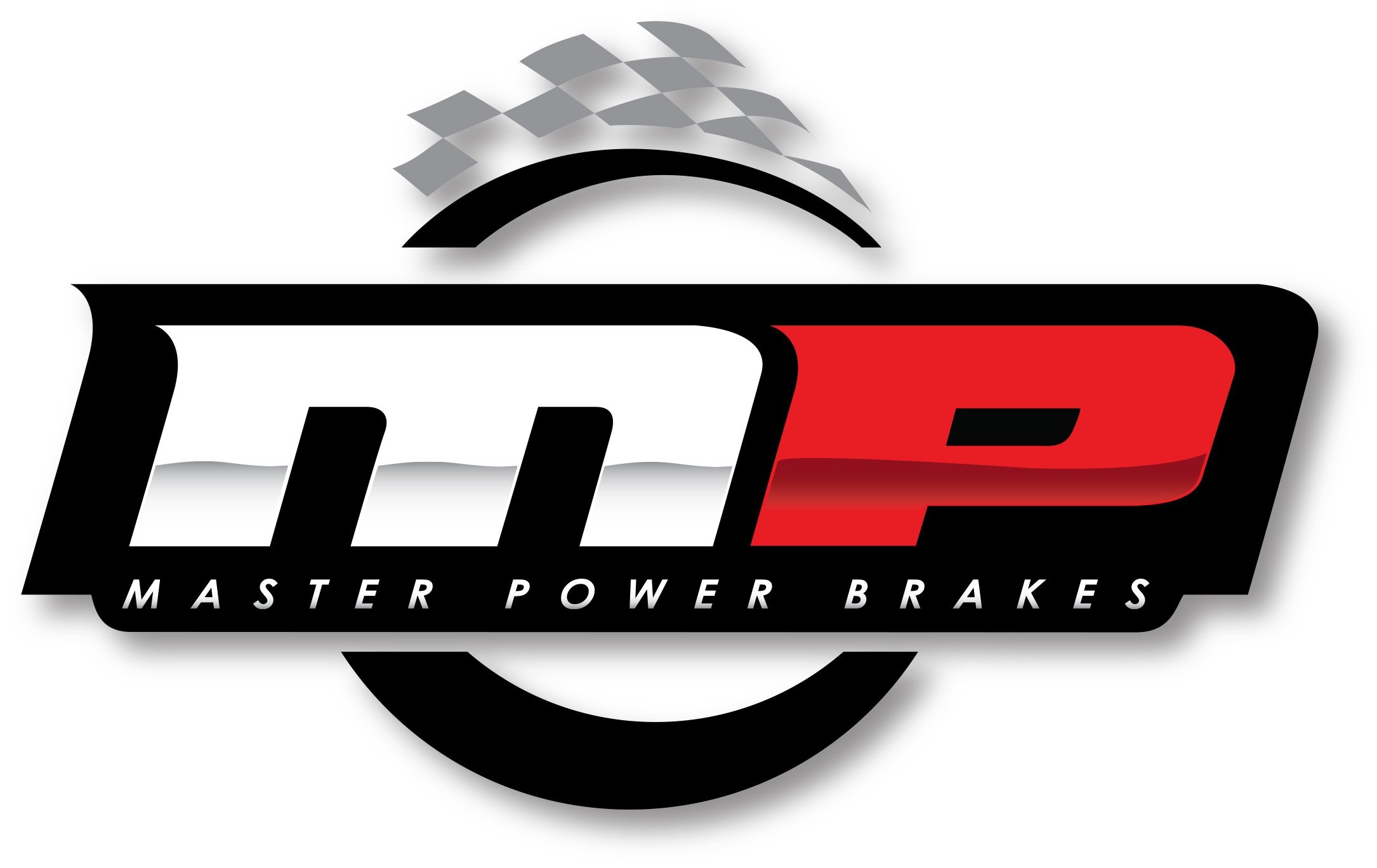Converting from manual to power-assisted brakes is a major upgrade and one of the most common projects that we discuss with customers. Due to the different size requirements for brake boosters and master cylinders, you may need some help sorting out the available options to optimize your vehicle’s brake system performance. That’s where the tech pros here at Master Power Brakes really shine.
Manual Disc To Power Assisted Disc Brakes
We recently had a question from a customer with a half-ton, 1972 Chevy C10. Trucks from that era are larger—and heavier—which means they require more stopping power. Our customer’s truck rolled off the line in Detroit with a manual disc set-up but he was looking to upgrade to power assisted disc brakes. Our customer wondered if our 9″ single diaphragm booster was the right component for his upgrade. The 9” single diaphragm booster would have worked but would have been on the ragged edge of being enough assist for the vehicle. Therefore, we recommended instead purchasing our BM1755, an 8″ dual diaphragm booster which provides more assist. While the two diaphragms in the booster might not be as large individually as the single diaphragm in the 9”, the combination of the two will provide more assist.
As much as we sing the praises of disc brake technology over drums, not everyone sees things our way. Some people are content with leaving the stock drum brakes in place and are simply looking for a brake pedal that doesn’t require as much leg to apply the brakes. With this in mind, let’s look at recommendations assuming our customer had front and rear drum brakes on his truck. In this scenario, too large a booster will give a scenario where the brakes become very touchy and almost providing a brake system that feels like an on-off switch. Therefore, you don’t want the larger booster. In this situation, we would drop back and go with the 9” single diaphragm booster sold as part number BM1754.
Remember, the job of the booster is to create “assist”, which means less force is needed to push down the brake pedal. That said, more assist does not always equal better braking—booster selection is application specific. Put another way, for front disc applications and in particular a four wheel disc application, you can never have enough assist and bigger is better. With drum brakes, you’ll need to exercise more care to make sure you don’t select a booster that sends you through the windshield every time you touch the brakes.
The ideal, or optimized size configuration for your vehicle’s power assisted brakes is one that offers good modulation. Modulation refers to having a range of stopping capabilities–you can alternatively softly apply the brakes to bring the car to a gradual stop, or in an emergency situation, apply the brakes swiftly to stop on a dime. If you have additional questions about boosters, drop us a line or give us a call and we’ll get you squared away pronto.
When converting from manual to power brakes, booster selection is an important first step, but there are situations where other factors come into play. Next time, we’ll take a look at how the master cylinder fits into the equation and how the master and booster work together to give you the ultimate in braking performance and comfort.

